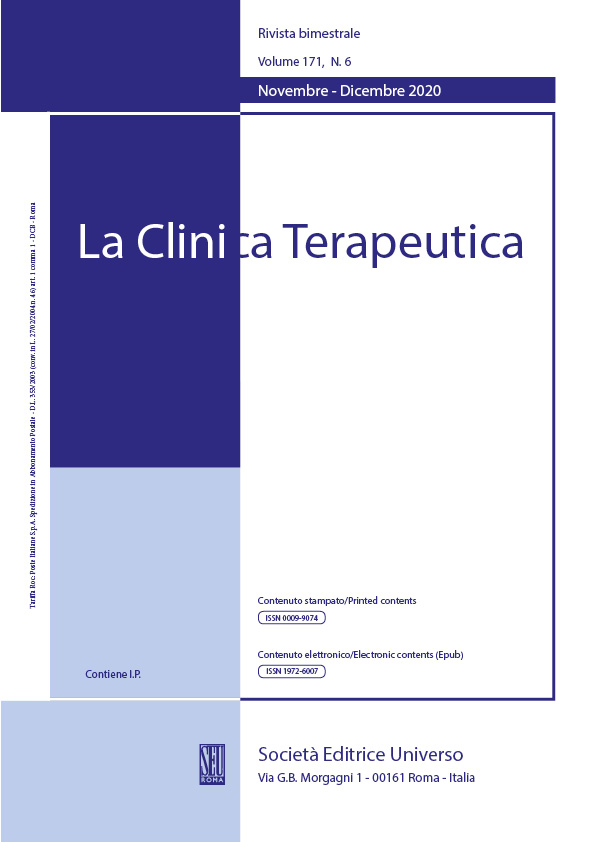Abstract
Objectives
Due to limited evidence on the optimal strategy for acute atherothrombosis in a large intracranial vessel, we aimed to provide further evidence on the safety and efficacy of balloon angioplasty with or without stenting after failed thrombectomy.
Materials & Methods
This single-center retrospective study was performed from June 2017 to February 2021. Patients with acute atherothrombosis in large intracranial vessels treated by balloon angioplasty with or without stenting after failed thrombectomy were enrolled and analyzed.
Results
A total of 23 patients were recruited. All patients had a moderate stroke and the majority of them had ASPECTS ≥7 (82.6%). MCA was the most commonly affected artery (13 cases), followed by supraclinoid ICA (6 cases), and BA (4 cases). Balloon angioplasty was firstly performed in 15 cases, of which 8 cases required subsequent stenting. Intracranial stenting was firstly performed in 8 cases. Successful recanalization (TICI 2b-3) was achieved in 19/23 cases (82.6%) on the final angiogram. Perforated complications occurred in 1/23 cases (4.3%). Good outcome (mRS 0-2) at 90 days was achieved in 13/23 cases (56.5%) and the mortality rate was 4/23 cases (17.4%). The good clinical outcome rate was significantly higher in patients adapted with balloon angioplasty alone versus intracranial stenting.
Conclusions
In the present study, balloon angioplasty with or without stenting was obsversed to be safe and efficient as a rescue therapy after failed thrombectomy for acute atherothrombosis in a large intracranial vessel. Balloon angioplasty should be the first choice and stenting should be performed later in refractory cases.
